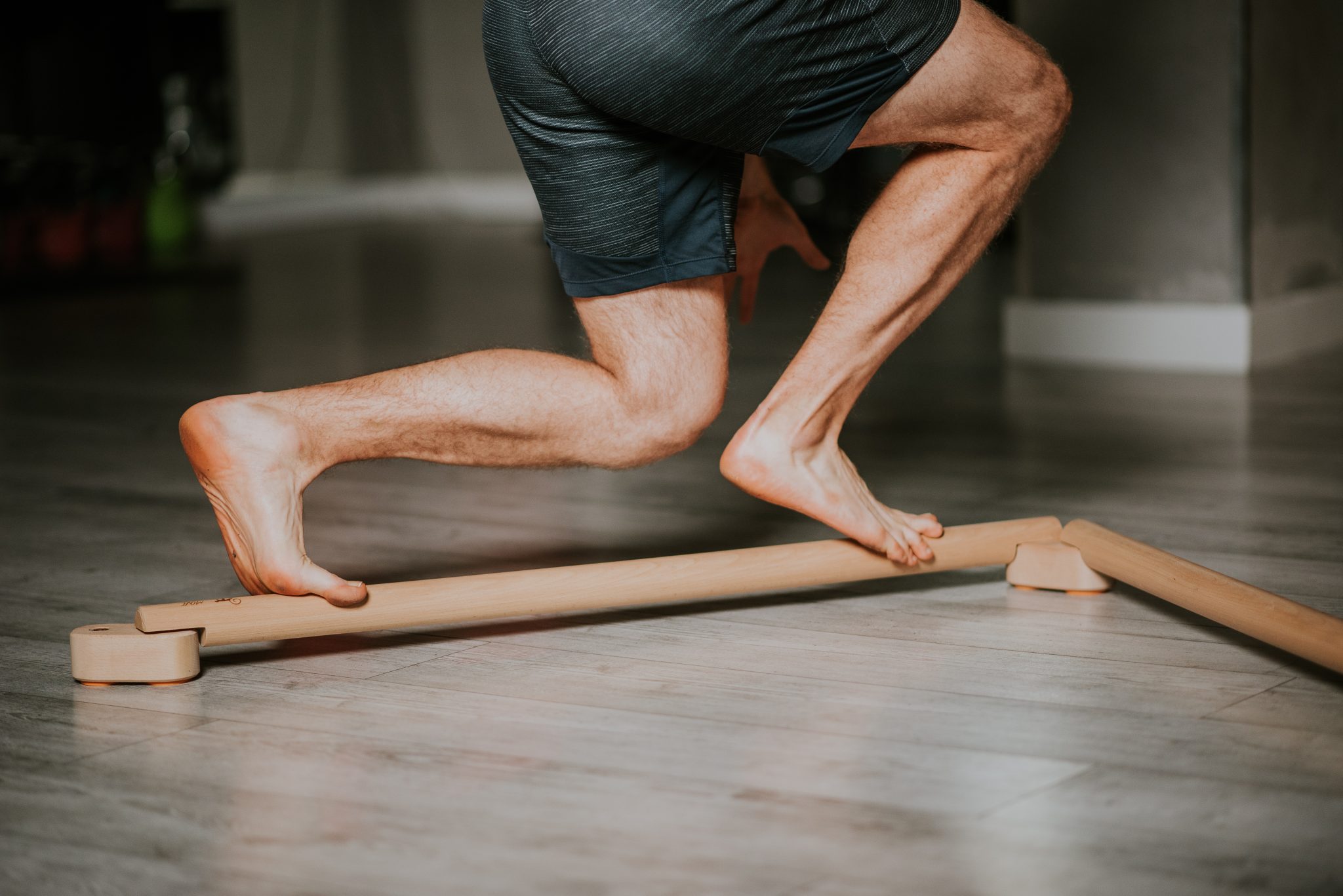
Barefoot walking goes back a long way. When man took his first steps on earth, he had to do it barefoot, whether he wanted to or not. The feet of our ancestors were resistant to minor injuries, wide, and very strong. With evolution and the development of technology, shoes appeared in most of society, which, even during these few hundred years, have made our feet look different. A lot, of course, depends on what culture we are from or what part of the globe we live in, but let’s not hide; we can call ourselves “foot muggles”, because the art of walking barefoot has disappeared.
However, you can counteract this and, at the same time, ensure your mental comfort, well-being, healthy and strong feet, and, by extension, your whole body. We are not dimming; barefoot walking seriously offers such benefits. We will tell you more about them in this article!
How the human foot is built
The human foot consists of 26 bones surrounded by muscles. You will find hundreds of thousands of nerve endings in it; in the feet alone, we have 107 muscles. The Achilles tendon is the strongest tendon in our body.
The foot can be anatomically divided into three parts:
- The metatarsus The flexible part of the foot that absorbs shocks when walking is made up of five bones.
- Tarsus The part of the foot that has little movement and is rigid and carries the weight of the body consists of seven bones.
- Toes provide stability to the foot, with the big toe playing a significant role during walking and running. They consist of fourteen phalanges; the big toe has two phalanges, and the other phalanges have three each.
In this article, we will focus specifically on these three parts, as it is within them that deformities or inflammation occur most frequently.
Why?
We all know what most modern footwear looks like today. Squeezed toes and a heel cup that cushions walking or running. We’ve been walking in such shoes practically since childhood, so it’s no surprise that foot pain, hallux valgus, tendonitis, and other conditions are becoming more common in society.
The heel by itself cannot cushion anything, but comfortable running shoes do all the work for us. So why run from the midfoot, for example? If you’ve ever run barefoot from the heel, you’ve probably had to fight it off after a while. headaches! Where did they come from? Well, because the shock from the heel can go all the way up your spine to your head. Not bad, huh?
And here we come to the crux of the problem:
Why today’s footwear can be a danger to the foot
Most of today’s footwear, regardless of the age at which we wear it, has common features.
- A raised heel, which not only replaces cushioning, as it were, by forcing heel-to-toe movement, Virtually all the time, we also have a drop in the heel-to-toe line, which also forces an unnatural foot position.
- We don’t want to mention the popular and much-loved stiletto or heeled shoes.
- The narrow front squeezes the toes, which causes inflammation and, over time, hallux valgus, for example.
- Poor-quality shoes can weaken the muscles in the foot, resulting in, for example, flat feet or crooked feet (have you ever had a foot “roll over”?).
- We have been walking in such shoes practically since we took our first steps. How can we be surprised that more and more people have foot problems?
Well, we’ve given you a bit of a scare, but don’t worry. We’ve got plenty of advice on how to counteract this and strengthen your feet, not only in this article but also in other articles on our blog.
Do you have to prepare for going barefoot?
When it comes to barefoot walking, there is no particular technique or method. You simply have to get started. If you have any problems with your feet, however, we recommend that you don’t kid yourself into running a marathon barefoot. Start, preferably in your garden. Frequent barefoot walking provides many benefits, from mental relaxation to feelings that mimic foot massage, sole stimulation, etc. By walking barefoot, you can focus more on the different support points of the foot, and over time, you will notice that the toes themselves tend to ‘expand’ to provide the best possible support.
When you start to walk barefoot more consciously (not just like at home in socks, but e.g., on the lawn, “feeling your foot”), you are unlikely to notice any major benefits at first, but over time, a lot of benefits emerge. Which ones? Read on!
On the benefits of walking barefoot
There is no doubt that, unless you are walking on glass, going barefoot has its own benefits. Some of it is confirmed by research, some of it is not. As with anything, we recommend you do your own research, but we’ll be sure to show you some interesting information and studies.
So what are the main benefits of barefoot walking?
- Walking barefoot strengthens the muscles of the foot. All you need to do is walk barefoot for a long time, especially on sand, for example. Guaranteed to give you soreness the next day. Walk barefoot as often as possible, and you will quickly notice healthier feet.
- Going barefoot toughens you up. If you step out onto a cold lawn in the autumn or, for advanced winter walkers, onto the snow, it will not be a very pleasant feeling, but it is nevertheless confirmed by research that such a procedure strengthens immunity.
- Walking barefoot improves circulation in the feet, and experiencing different surfaces with bare feet stimulates the nervous system.
- Barefoot walking helps children develop a stronger foot. This translates into later years, as well as other parts of the body like the whole leg and even the hips or posture.
- It is a controversial opinion that direct contact between the foot and the ground surface allows grounding. Free radicals exchange with the electrical charges of the earth, which translates into a better feeling of well-being. However, there is no certain research to confirm this benefit.
- Finally, walking barefoot is a natural foot massage. Stimulation of the soles of the feet by various external factors can be simply pleasant.
- In relation to the above point, barefoot walking relieves tension throughout the body.
Have we persuaded you? It’s high time to get started!
Can barefoot shoes replace barefoot walking?
If you want to take long walks and ensure that your foot is placed naturally not only when exercising but also when, for example, working or running errands in town (it’s silly to go into a shop barefoot), then barefoot shoes are worth looking into.
Such shoes, because of their design, give the impression of having bare feet. Why?
Barefoot shoes are:
- Completely flat (zero drop) will allow you to maintain the correct posture.
- Breathable and very lightweight—you won’t feel you have them on your feet;
- incredible flexibility—your foot can finally work naturally;
- Wide at the toe—the shoes won’t pinch your toes or squish;
- Thin, abrasion-resistant sole for maximum sensory feel and extra acupressure;
- top-quality materials—the shoes will last a long time;
- Fully functional shoes: you will shed the weight of uncomfortable, hard shoes.
If you want to try them, you can find them in our shop.



Leave a Reply